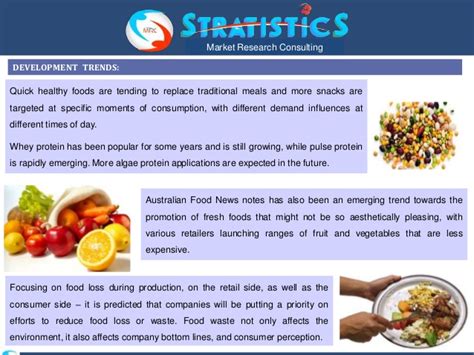A Complete Recipe for Market Research in Food and Beverage
The food and beverage industry is a dynamic and fiercely competitive landscape. To thrive, you need a robust understanding of your target market. This isn't just about knowing what people eat; it's about understanding their motivations, preferences, and purchasing habits. This article provides a complete recipe for conducting effective market research in the F&B sector.
Gathering Your Ingredients: Defining Your Research Objectives
Before you start cooking, you need a clear recipe. This means defining your research objectives. What specific questions do you need to answer? Are you launching a new product? Evaluating existing offerings? Understanding your competition? Some key questions to consider include:
- Target audience: Who are you trying to reach? Be specific – age, demographics, lifestyle, location.
- Product/service: What are you offering, and what makes it unique?
- Market size and potential: How big is the market, and what's your potential share?
- Competitive landscape: Who are your competitors, and what are their strengths and weaknesses?
- Pricing strategy: What pricing model will be most effective?
The Main Course: Choosing Your Research Methods
Once you know what you want to achieve, you need to select the right methods. Different methods offer different insights:
Quantitative Research: Measuring the Numbers
This approach focuses on collecting numerical data, often through large-scale surveys or data analysis. It's excellent for identifying trends and patterns. Methods include:
- Surveys: Online, phone, or in-person surveys can gather a broad range of data efficiently.
- Sales data analysis: Analyzing past sales data can reveal purchasing patterns and popular products.
- Point-of-sale (POS) data: Real-time data from POS systems provides insights into immediate consumer behavior.
Qualitative Research: Uncovering the "Why"
This approach focuses on understanding the underlying reasons behind consumer behavior. It provides rich, in-depth insights. Methods include:
- Focus groups: Facilitated discussions with small groups of consumers to explore their opinions and attitudes.
- In-depth interviews: One-on-one interviews allow for deeper exploration of individual perspectives.
- Social media listening: Monitoring social media conversations to understand consumer sentiment and identify trends.
- Ethnographic research: Observing consumers in their natural environment to understand their behavior firsthand.
Seasoning Your Research: Data Analysis & Interpretation
The raw data is just the beginning. Thorough analysis is crucial to extract meaningful insights. This involves:
- Data cleaning: Removing any inconsistencies or errors in your data.
- Data visualization: Creating charts and graphs to visually represent your findings.
- Statistical analysis (for quantitative data): Using statistical methods to identify significant trends and relationships.
- Thematic analysis (for qualitative data): Identifying recurring themes and patterns in your qualitative data.
Garnishing Your Findings: Report Writing & Actionable Insights
The final step is presenting your findings in a clear, concise report that highlights key insights and recommendations. This should include:
- Executive summary: A brief overview of your key findings and recommendations.
- Methodology: A description of your research methods and data collection techniques.
- Findings: A detailed presentation of your results, using charts and graphs where appropriate.
- Conclusions and recommendations: Your interpretations of the findings and suggestions for action.
Serving Up Success: Implementing Your Findings
Effective market research isn't just about gathering data; it's about using that data to make informed business decisions. Your findings should guide your:
- Product development: Inform decisions about product features, packaging, and pricing.
- Marketing strategies: Target your marketing efforts more effectively.
- Menu planning: Optimize your menu offerings based on consumer preferences.
- Business strategies: Make data-driven decisions about expansion, partnerships, and other key business initiatives.
By following this recipe, you can conduct thorough and insightful market research that will give your F&B business a competitive edge and contribute to its long-term success. Remember to adapt your approach based on your specific needs and resources. Good luck!
